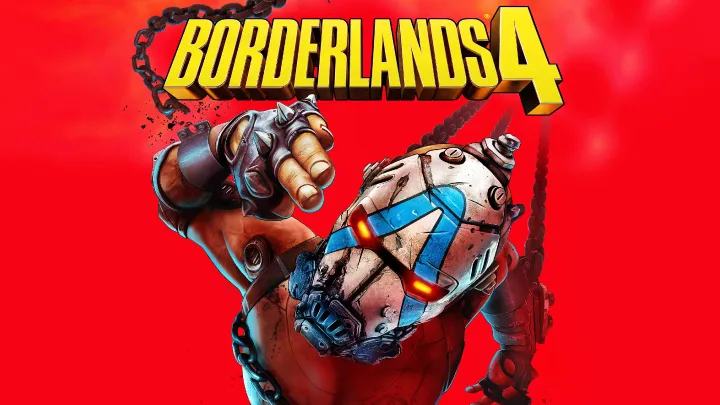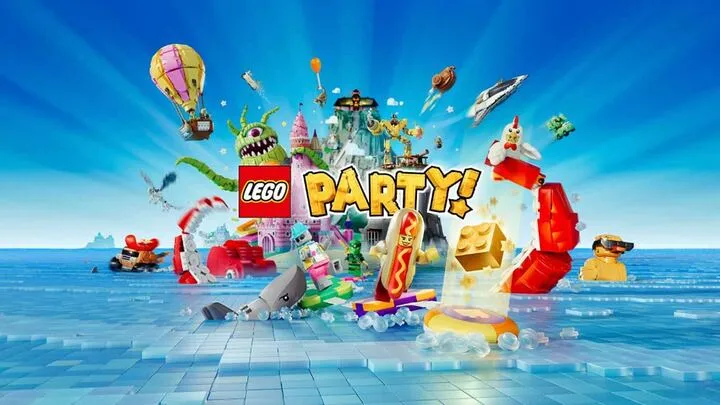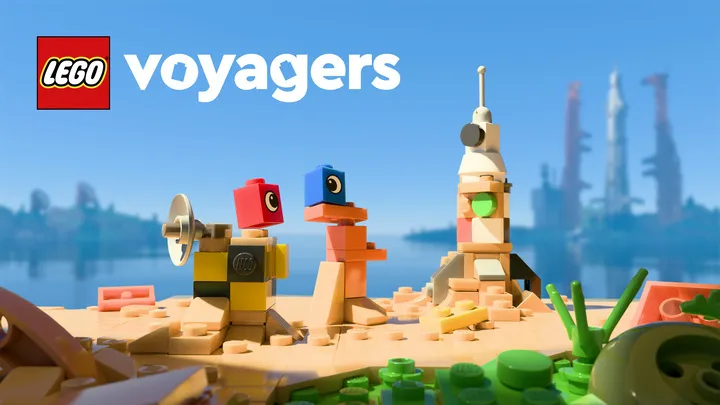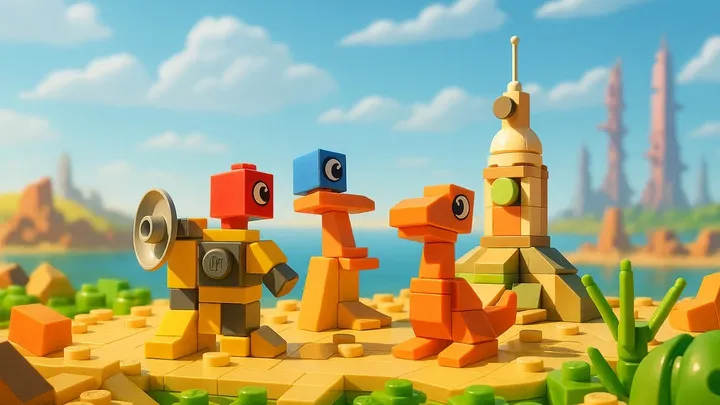LEGO® Voyagers is more than a colorful adventure game built from digital bricks; it’s a journey through imaginative realms carefully constructed not only for play but also for storytelling. Unlike many sandbox LEGO titles, Voyagers introduces a layered narrative that weaves together exploration, cultural discovery, and a sense of belonging in a universe crafted entirely out of bricks.
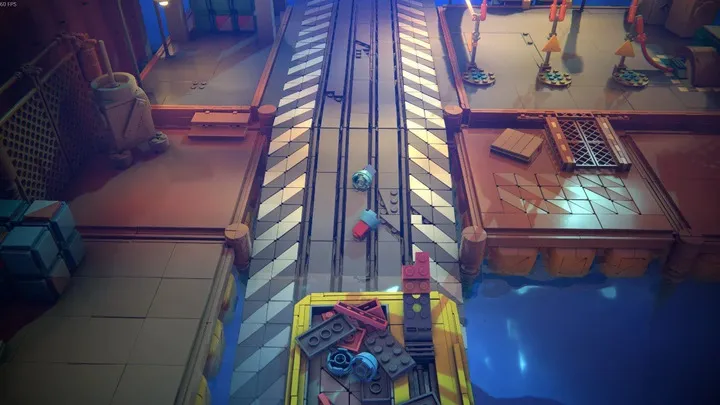
This article takes a deep dive into how LEGO® Voyagers uses narrative design and world-building to elevate gameplay beyond simple construction. We will explore how environments, quests, and characters create meaning, how culture and history are represented in playful forms, and why the game resonates with players both young and old.
1. The Foundation of Storytelling in LEGO® Voyagers
At the core of LEGO® Voyagers lies a commitment to narrative accessibility. Unlike games that prioritize complexity, Voyagers builds its storytelling with modular layers—simple enough for children to follow, yet rich enough for adults to engage with. The foundation of storytelling here works much like LEGO bricks themselves: individual narrative elements can stand alone, but when connected, they create a grander picture.
The main storyline revolves around voyagers traveling across multiple themed worlds, each representing a culture, biome, or era. This modular approach ensures that each chapter of the game introduces fresh experiences while maintaining a cohesive central journey. It’s storytelling designed for exploration—rewarding curiosity and encouraging imaginative interpretation.
2. Narrative Arcs and Character Progression
Character progression in LEGO® Voyagers mirrors narrative arcs that grow more intricate over time. Rather than offering linear quests, the game employs branching narratives that encourage players to make choices aligned with their preferred style of play.
The voyagers themselves are not static heroes but customizable characters whose identities evolve based on player decisions. This allows the narrative to reflect player input, creating a sense of personal authorship over the story. Supporting characters are similarly designed with layered personalities, each tied to cultural motifs within their respective worlds.
3. The Role of Exploration in Storytelling
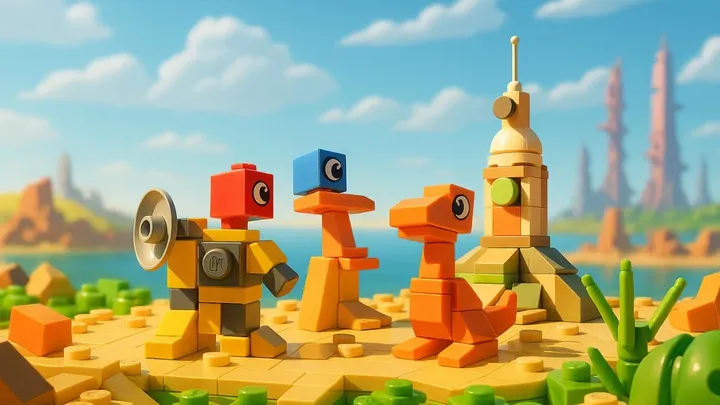
Exploration is not just a mechanic in LEGO® Voyagers; it’s a narrative device. Each brick-built biome holds stories within its geography. From hidden ruins to bustling marketplaces, environments tell their own history without relying solely on dialogue.
Environmental Storytelling
The placement of objects, hidden collectibles, and background animations reveals lore organically. A broken bridge may hint at past conflicts, while statues or murals quietly communicate cultural legends.
Discovery as Progression
This approach rewards players who take time to wander. Unlike games where progress is measured by combat or score, in Voyagers, progress is measured by how deeply you immerse yourself in the world’s cultural details.
4. Cultural Representation in Brick Form
One of the game’s most innovative elements is its portrayal of diverse cultures through LEGO bricks. Each world is inspired by real-world architecture, myths, and traditions but reimagined in playful, accessible ways.
For instance, an ancient desert world may draw from Mesopotamian motifs, while an oceanic realm reflects Polynesian influences. These representations are simplified through LEGO’s design language, making them approachable while retaining respect for their origins.
This combination of authenticity and creativity allows LEGO® Voyagers to act as both entertainment and subtle education, introducing players to cultural diversity without heavy-handed lessons.
5. Quests as Cultural Exchange
The quest system in LEGO® Voyagers is carefully designed to mirror cultural exchange. Instead of repetitive fetch quests, tasks often involve helping communities solve unique challenges rooted in their cultural context.
- In one world, a quest might require rebuilding a marketplace after a sandstorm.
- In another, players might learn traditional songs or rituals to unlock new areas.
- Some quests even involve negotiating between groups, fostering themes of empathy and cooperation.
These quests reinforce the idea that voyaging is not about conquest but about connection.
6. The Role of Music and Sound in World-Building
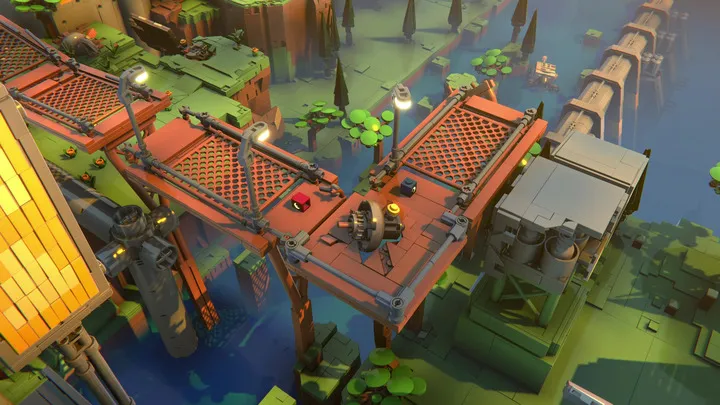
Music in LEGO® Voyagers plays a vital role in shaping emotional resonance. Each world features a dynamic score that adapts to the player’s actions and reflects cultural motifs. Traditional instruments are imitated through digital soundscapes, adding authenticity while maintaining the playful LEGO tone.
Sound design also enhances immersion. The clink of LEGO bricks during construction, the chatter of NPCs in unique dialects, and the environmental effects like rushing rivers or crackling fires all work together to create living worlds.
7. Building Mechanics as Story Devices
While many LEGO games emphasize construction as a puzzle-solving tool, Voyagers goes further by using building as a narrative device. Structures built by the player often hold symbolic meaning—restoring temples, creating communal gathering spots, or constructing bridges that unite separate communities.
H3: Symbolism in Construction
A bridge is never just a bridge; it is a metaphor for connection. A marketplace is not only a place to trade, but a representation of cultural vitality. By giving players agency in creating these symbolic structures, the game makes narrative expression tangible.
8. The Interplay of Humor and Serious Themes
One of LEGO’s hallmarks is humor, and Voyagers integrates it seamlessly into otherwise serious themes. A tense negotiation might be lightened by a character dropping their hat, or an ancient myth may be told through comically exaggerated cutscenes.
This balancing act ensures that the game never feels too heavy for younger players while still engaging older audiences with underlying depth. It’s a storytelling style that respects both fun and meaning.
9. Player Agency and Narrative Freedom
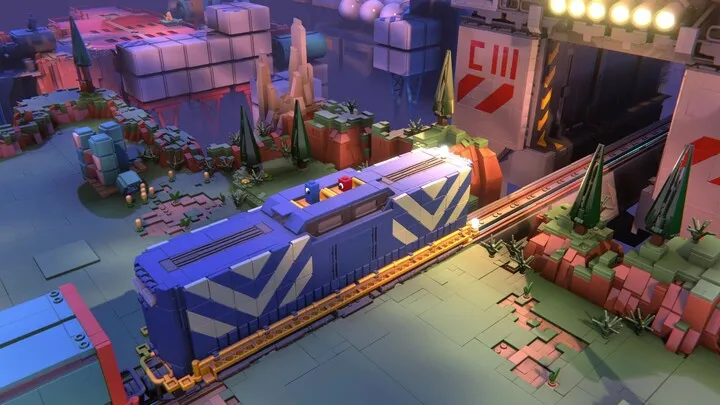
A key strength of LEGO® Voyagers is the sense of agency it grants players. While the main storyline offers direction, players are free to diverge, explore, and interact with the world in countless ways.
This freedom is not only mechanical but narrative. Players who prefer building might focus on shaping the physical world, while others might dive into cultural quests or character interactions. The story adapts to accommodate these preferences, creating multiple valid experiences within the same framework.
10. The Legacy of Voyaging in LEGO Storytelling
As a culmination of LEGO’s digital storytelling evolution, Voyagers represents a significant step forward. It takes the sandbox creativity of earlier LEGO titles and integrates it with a thoughtful narrative vision.
The legacy of LEGO® Voyagers is not just about entertainment but about how games can teach cultural appreciation, empathy, and the joy of discovery. It’s a game that shows how digital bricks can build not just worlds, but connections across cultures and players.
Conclusion
LEGO® Voyagers demonstrates the potential of combining modular construction with rich storytelling. By weaving cultural representation, environmental narratives, and symbolic construction into its design, the game creates an experience that is both playful and profound.
It is more than just another LEGO adventure; it is a voyage through the art of storytelling itself. As players explore, build, and connect, they participate in a narrative that is as diverse and vibrant as the bricks that shape it.







